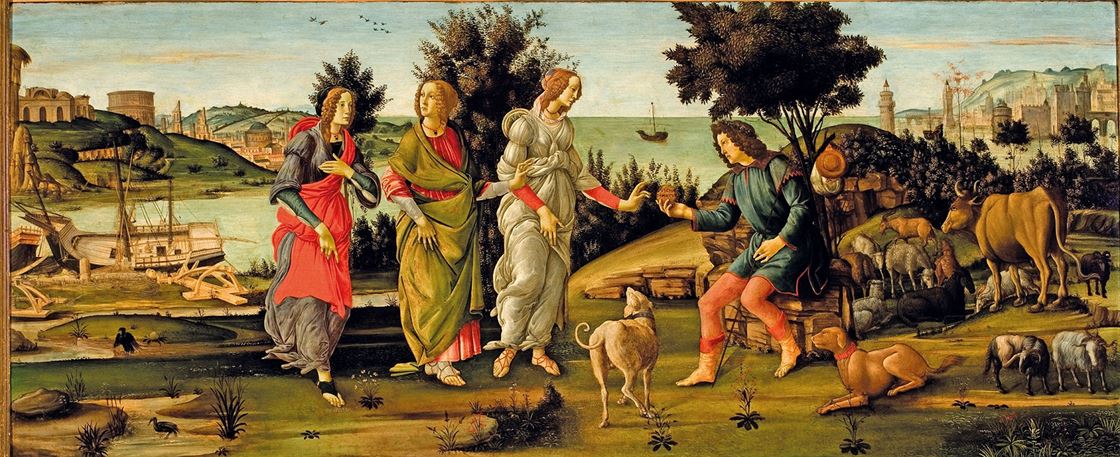
Botticelli at Musée Jacquemart-André
10 September - 24 January 2022
Florentine painter and draughtsman Sandro Botticelli, unlike most of the artists of his era, was lucky enough to be appreciated and supported at his own time. At the height of his fame, he was one of the most esteemed artists in Italy. His graceful pictures of the Madonna and Child, his altarpieces and his life-size mythological paintings, such as 'Venus and Mars', were immensely popular in his lifetime.
 Botticelli’s father was a tanner who apprenticed Sandro to a goldsmith after his schooling was finished. But, since Sandro preferred painting, his father then placed him under Filippo Lippi, who was one of the most admired Florentine masters who’s painterly style was fundamental to Botticelli’s own artistic formation. Stylistically, Botticelli acquired from Lippi a repertory of types and compositions, a certain graceful fancifulness in costuming, a linear sense of form, and a partiality to paler hues that is still visible even after Botticelli had developed his own strong and resonant colour schemes.
Botticelli’s father was a tanner who apprenticed Sandro to a goldsmith after his schooling was finished. But, since Sandro preferred painting, his father then placed him under Filippo Lippi, who was one of the most admired Florentine masters who’s painterly style was fundamental to Botticelli’s own artistic formation. Stylistically, Botticelli acquired from Lippi a repertory of types and compositions, a certain graceful fancifulness in costuming, a linear sense of form, and a partiality to paler hues that is still visible even after Botticelli had developed his own strong and resonant colour schemes.
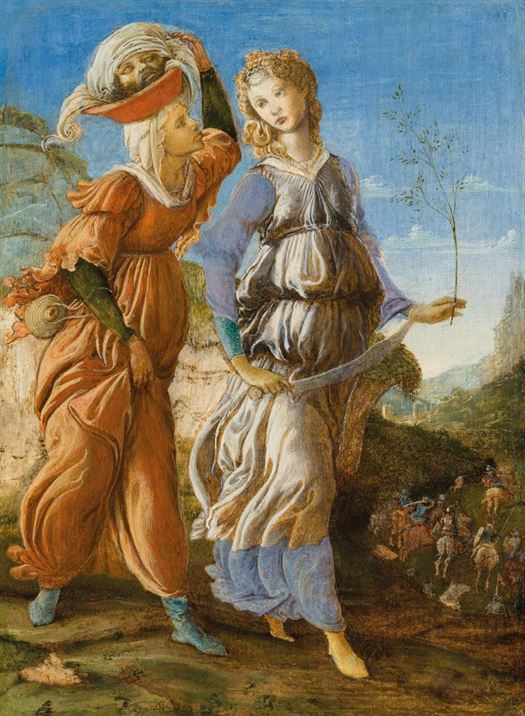 Along with the artistic impact, Botticelli's apprenticeship with Filippo Lippi gave him excellent contacts. His master had enjoyed the patronage of some of the leading families in Florence, such as the Medici. Botticelli in turn spent almost all his life working for the Medici family and their circle of friends, for whom he painted some of his most ambitious secular paintings such as 'Primavera.'
Along with the artistic impact, Botticelli's apprenticeship with Filippo Lippi gave him excellent contacts. His master had enjoyed the patronage of some of the leading families in Florence, such as the Medici. Botticelli in turn spent almost all his life working for the Medici family and their circle of friends, for whom he painted some of his most ambitious secular paintings such as 'Primavera.'
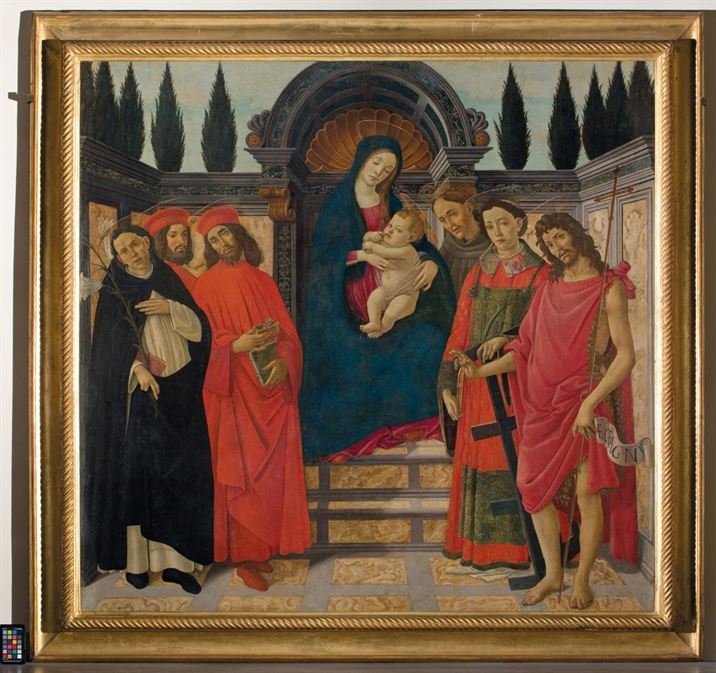 Botticelli worked in all the current genres of Florentine art. He consistently alternated between the production of one-off paintings and works issued in series, completed by his assistants. He painted altarpieces in fresco and on panel, tondi (round paintings), small panel pictures, and small devotional triptychs. Three of Botticelli’s finest religious frescoes were part of the decorations of the Sistine Chapel undertaken by a team of Florentine and Umbrian artists who had been summoned to Rome.
Botticelli worked in all the current genres of Florentine art. He consistently alternated between the production of one-off paintings and works issued in series, completed by his assistants. He painted altarpieces in fresco and on panel, tondi (round paintings), small panel pictures, and small devotional triptychs. Three of Botticelli’s finest religious frescoes were part of the decorations of the Sistine Chapel undertaken by a team of Florentine and Umbrian artists who had been summoned to Rome.
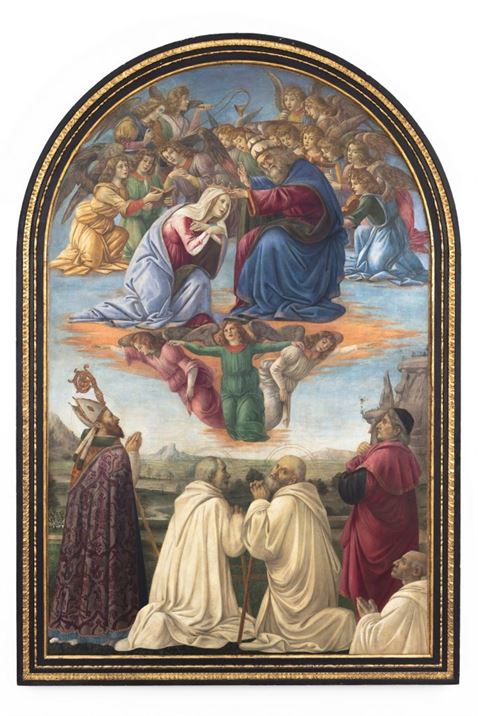 In order to celebrate the creative genius of Sandro Botticelli, the Musée Jacquemart-André will be exhibiting around forty works by the master, along with several paintings by his contemporaries, who were greatly influenced by him. The exhibition will take place between September 10th to January 24th and will show Botticelli’s workshop strategy, laboratory of ideas as well as a place of artistic training, characteristic of the Italian Renaissance. It will present Botticelli in his role as a creative artist and also as a entrepreneur and master (capobottega).
In order to celebrate the creative genius of Sandro Botticelli, the Musée Jacquemart-André will be exhibiting around forty works by the master, along with several paintings by his contemporaries, who were greatly influenced by him. The exhibition will take place between September 10th to January 24th and will show Botticelli’s workshop strategy, laboratory of ideas as well as a place of artistic training, characteristic of the Italian Renaissance. It will present Botticelli in his role as a creative artist and also as a entrepreneur and master (capobottega).
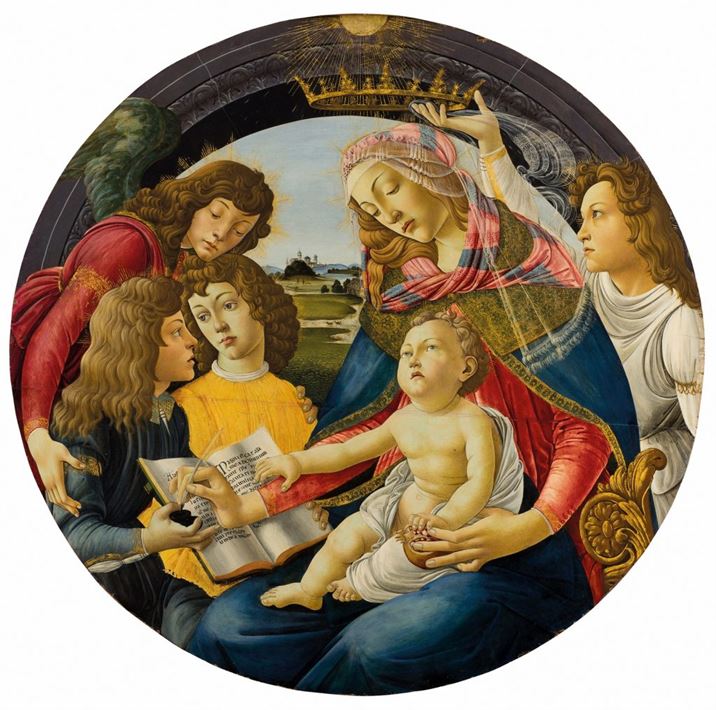 Arranged in a chronological and thematic order, the exhibition will illustrate Botticelli’s personal stylistic development, the connections between his work and his milieu, and his influence on his fellow artists. It will be presenting a selection of masterpieces from prestigious institutions such as the Louvre, the National Gallery in London, the Rijksmuseumin Amsterdam, the Vatican museums and Vatican Library, the Uffizi, the Galleria Sabauda in Turin, the Galleria dell’Accademia and the Bargello National Museum in Florence, the Gemäldegalerie in Berlin, the Alte Pinakothek in Munich and the Städel Museum in Frankfurt.
Arranged in a chronological and thematic order, the exhibition will illustrate Botticelli’s personal stylistic development, the connections between his work and his milieu, and his influence on his fellow artists. It will be presenting a selection of masterpieces from prestigious institutions such as the Louvre, the National Gallery in London, the Rijksmuseumin Amsterdam, the Vatican museums and Vatican Library, the Uffizi, the Galleria Sabauda in Turin, the Galleria dell’Accademia and the Bargello National Museum in Florence, the Gemäldegalerie in Berlin, the Alte Pinakothek in Munich and the Städel Museum in Frankfurt.

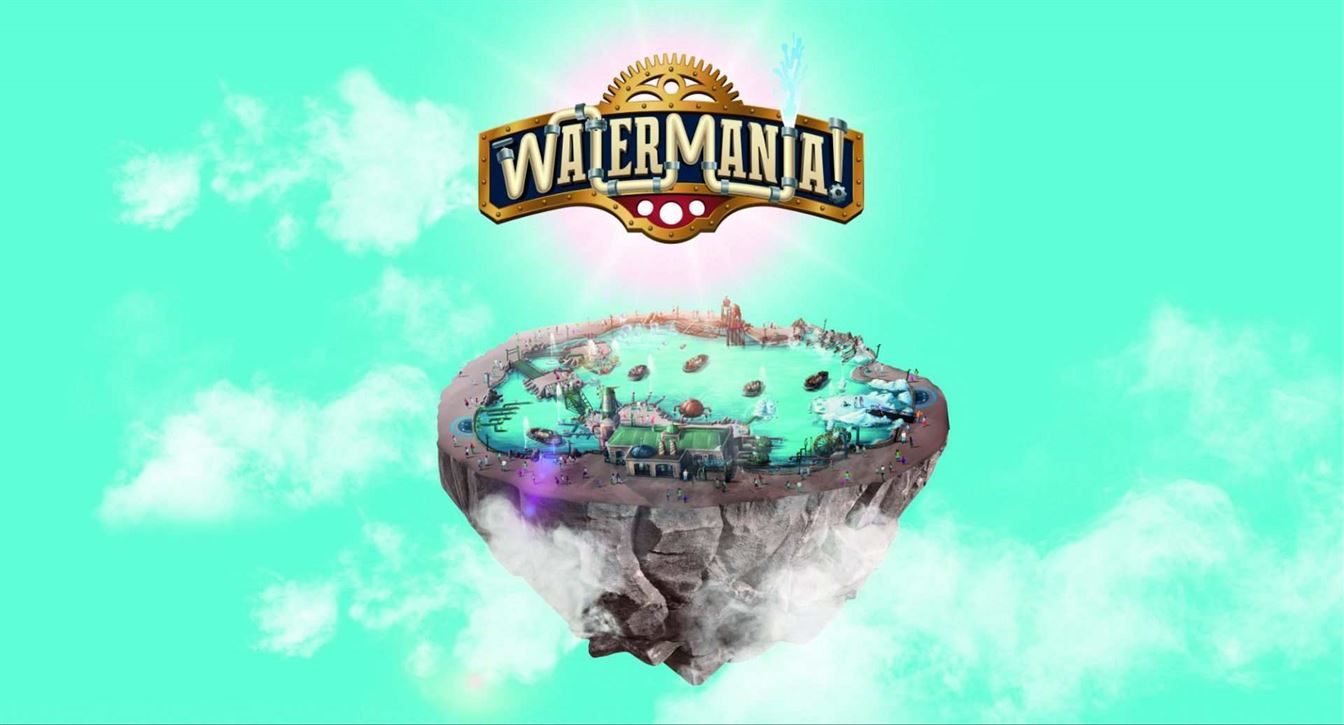
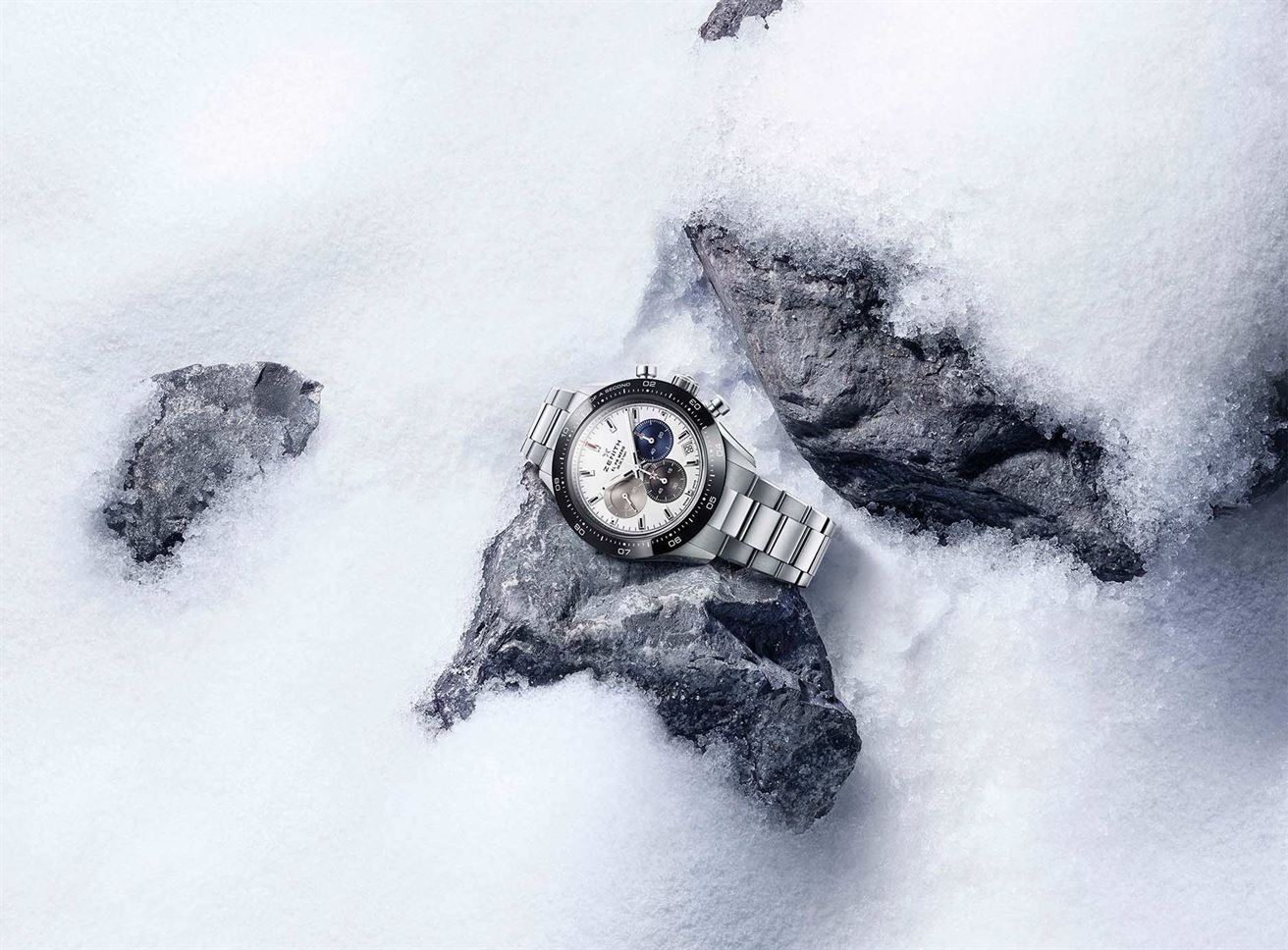
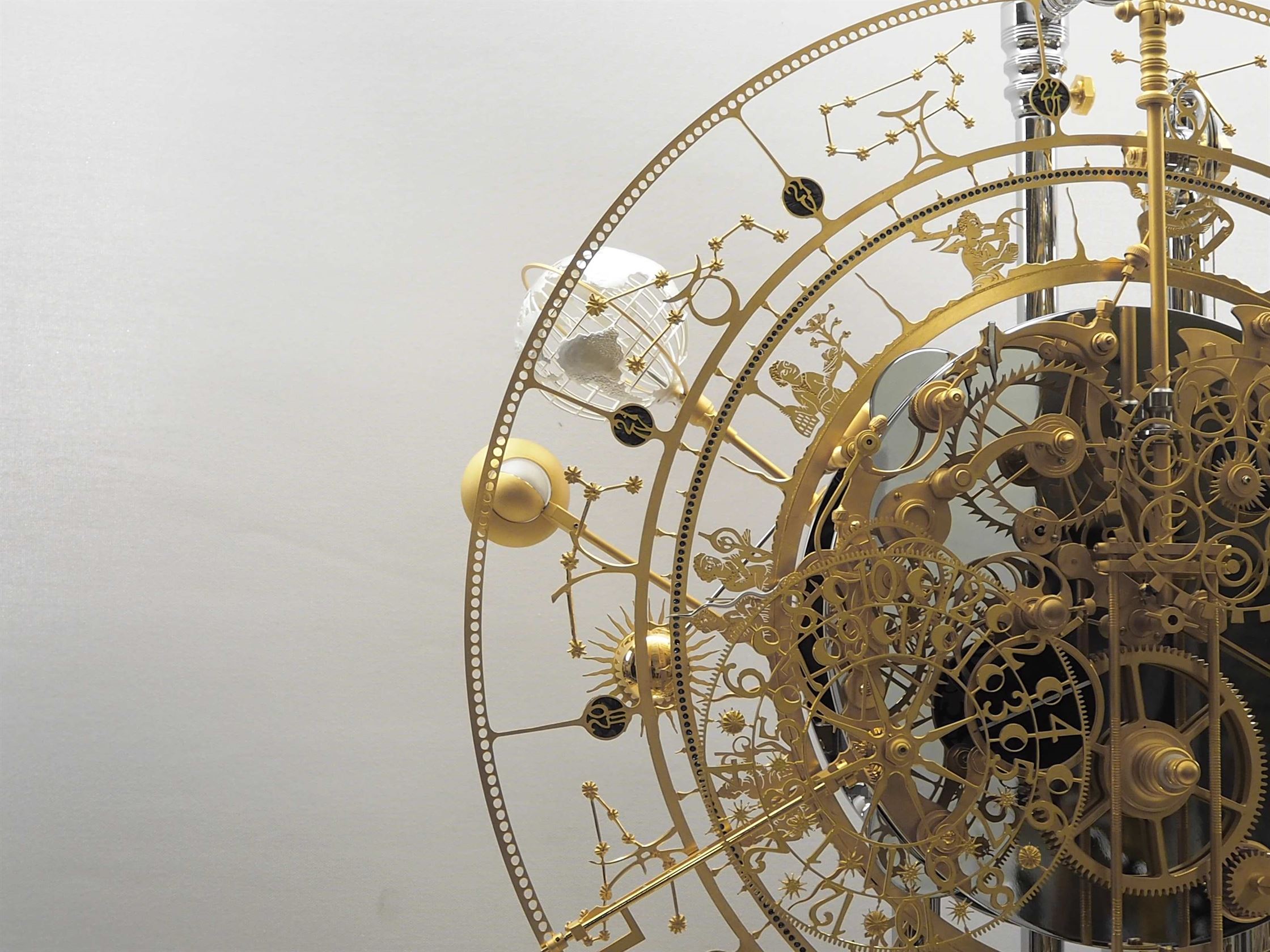
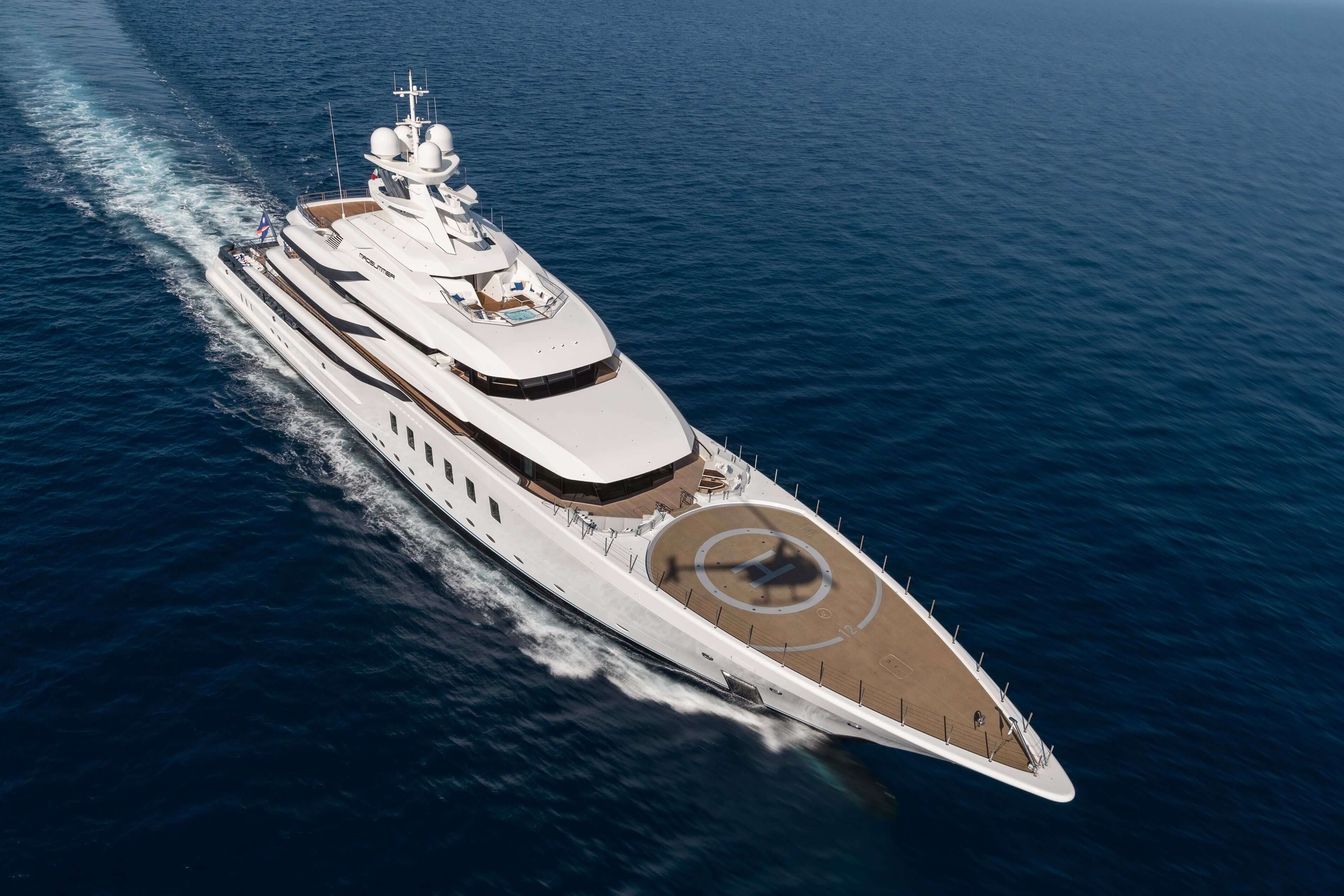
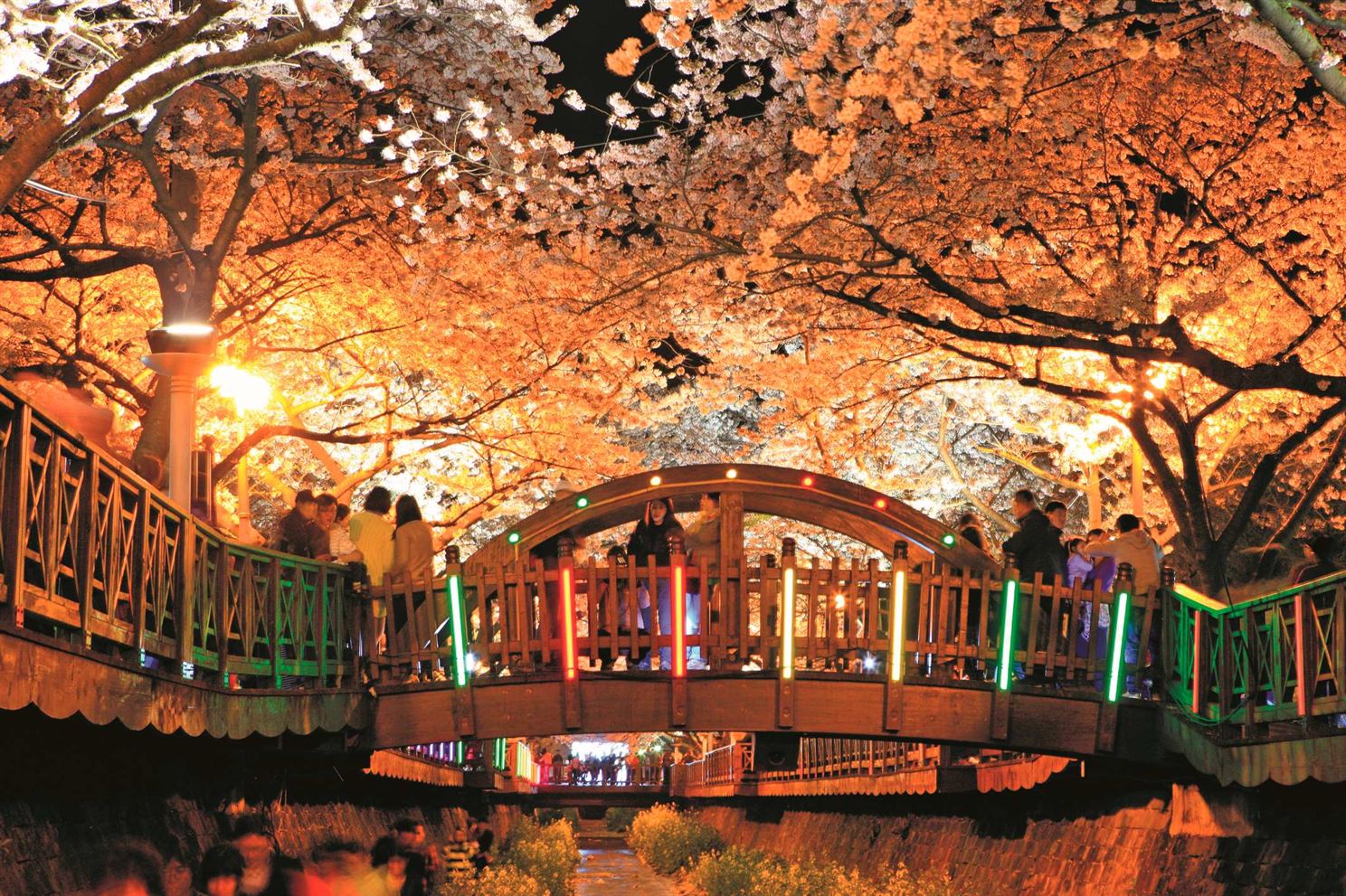

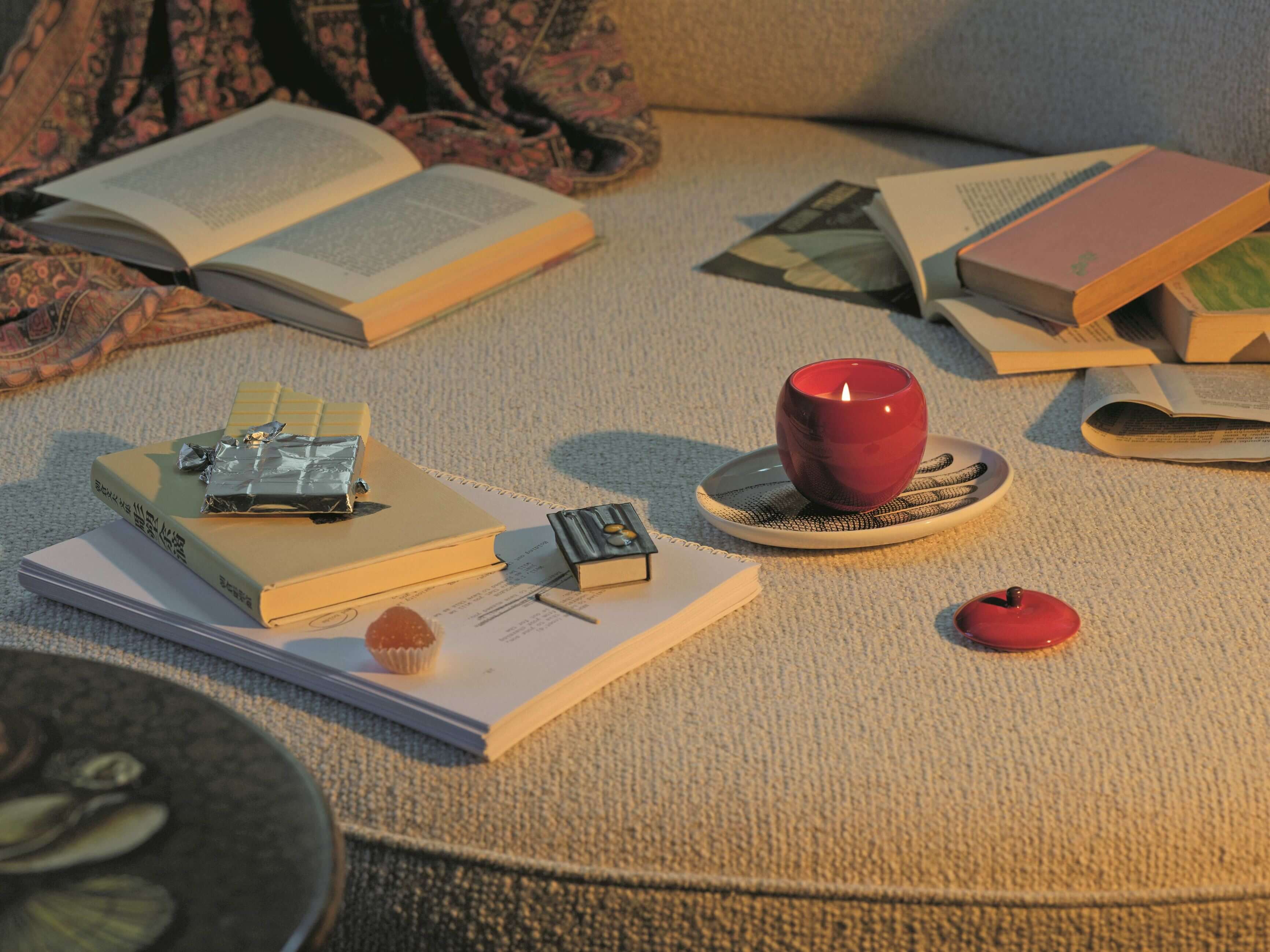
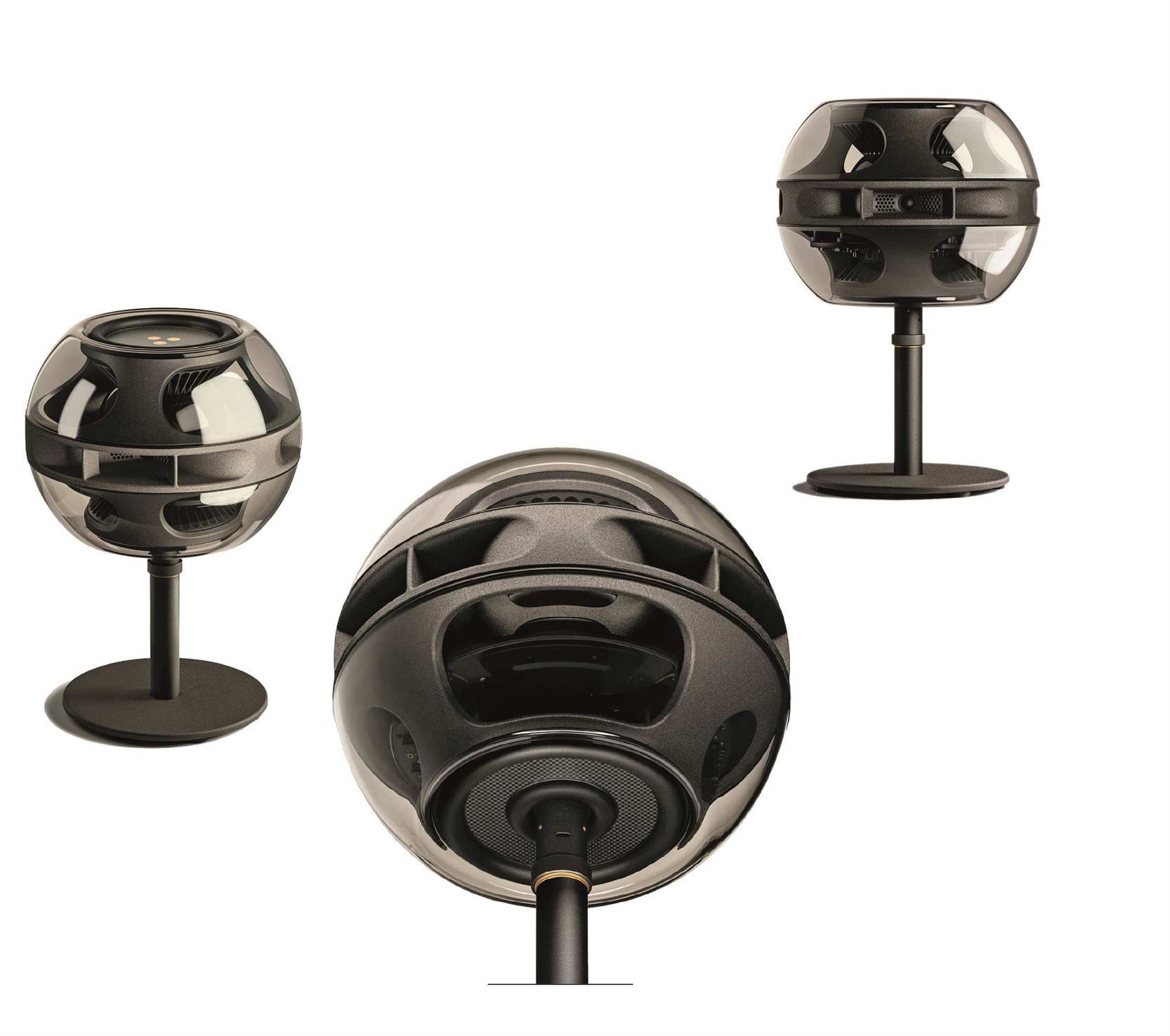
Comments